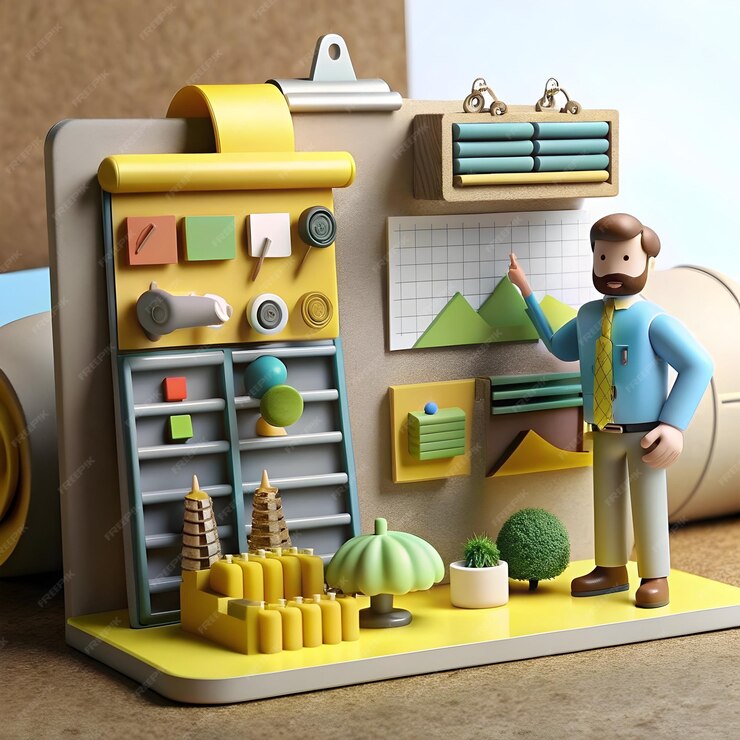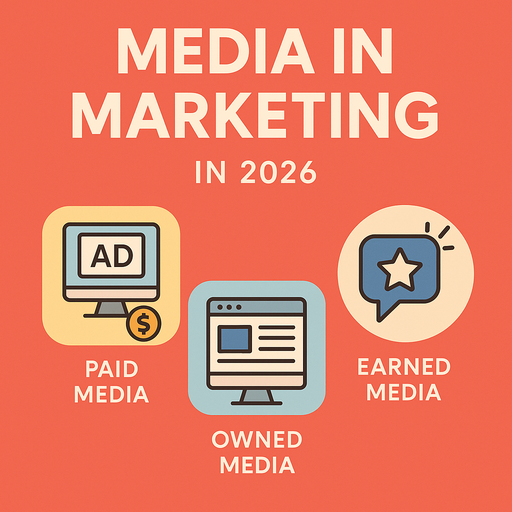In the digital age, 3D product animations have become a powerful tool for marketers and manufacturers. These animations allow businesses to showcase products in a dynamic, engaging, and visually compelling way. Whether you’re introducing a new product or demonstrating the features of an existing one, 3D product animation enables you to convey complex information more effectively than static images or text alone.
In this guide, we’ll walk you through the steps to creating stunning 3D product animations. We will cover everything from conceptualization to rendering, ensuring your final product leaves a lasting impression. Whether you’re a beginner or a professional, this guide will provide valuable insights into the world of 3D product animation.
1. Understanding the Purpose of Your 3D Product Animation
Before diving into the technical details, it’s crucial to understand the purpose behind the 3D product animation. What is the goal of the animation? Is it to educate your audience, highlight specific product features, or generate excitement for a product launch? Clearly defining the purpose will guide every aspect of the production process, from the design choices to the animation techniques used.
For example, if you’re promoting a new smartphone, the animation might focus on the sleek design, advanced features, and user interface. If the product is a piece of machinery, the focus might be on showcasing its functionality and internal components. By establishing a clear goal, you’ll ensure the animation resonates with your audience.
2. Research and Reference Collection
Once the goal is clear, the next step is to gather reference materials. This is crucial in ensuring your 3D product animation looks as realistic and accurate as possible. Start by collecting technical specifications, CAD models, or real product images, depending on what’s available.
If you’re creating an animation for a complex product, such as an automotive engine or an industrial machine, having access to detailed blueprints or engineering drawings is vital. You’ll also want to observe how similar products are presented in animations to identify best practices and inspiration. Research will form the foundation of the design and animation process, helping you avoid costly mistakes down the road.
3. Storyboard and Conceptualization
Before diving into 3D modeling and animation, it’s essential to create a storyboard. A storyboard serves as a visual blueprint for your animation, outlining the sequence of scenes, camera angles, and key moments. This step is especially important when working with clients, as it allows them to visualize the final product before the animation process begins.
During this phase, conceptualize how the product will be introduced, what features will be highlighted, and how the camera will move around the product. Will there be zoom-ins on specific parts? Will the product be animated in a real-world setting or a minimalistic environment? Consider all these elements as you develop the storyboard.
A solid storyboard can save time later in the process, as it provides a clear direction for the modeling, animation, and rendering stages. Additionally, it helps avoid costly revisions once the animation is in progress.
4. 3D Modeling
The heart of any 3D product animation lies in the 3D model itself. Depending on the complexity of your product, you may need to create a highly detailed model, or you might use a simplified version that still conveys the product’s key features. In some cases, you may have access to existing CAD files that can be converted into 3D models.
Modeling Software: There are various software options available for 3D modeling, such as Blender, Autodesk Maya, or 3ds Max. The choice of software will depend on your specific needs, expertise, and the complexity of the product. Most 3D animation services use professional software to ensure precise and accurate modeling.
Texturing and Shading: After modeling, the next step is applying textures and materials to the product. For a stunning 3D product animation, the textures need to be photorealistic, simulating the actual materials of the product. Whether it’s glossy metal, matte plastic, or fabric, make sure the materials are accurately represented to give a lifelike appearance.
5. Setting Up the Scene
Once your model is ready, it’s time to set up the scene. This involves deciding on the environment in which your product will be showcased. Will it be a clean, white studio space, or will the product be shown in its natural habitat, like a kitchen or a workshop? The background and setting play a crucial role in enhancing the viewer’s perception of the product.
Lighting: Lighting is one of the most important factors in creating stunning 3D product animations. Proper lighting brings out the texture and details of your product, making it look more realistic. Experiment with different lighting setups, such as three-point lighting (key, fill, and backlight) or global illumination, to create depth and contrast. Remember that lighting can also set the mood and tone of the animation, so choose accordingly.
6. Animating the Product
Now comes the fun part—animating your product. This is where you bring the 3D model to life. Depending on the product and the purpose of the animation, you may need to animate various components such as moving parts, rotating the product, or demonstrating how it functions.
Camera Movements: Camera movements are critical in 3D product animation, as they guide the viewer’s eye and emphasize important features. Smooth transitions, zoom-ins, and slow pans can create a cinematic feel, adding to the overall polish of the animation.
Animation Techniques: There are various animation techniques you can use, including keyframe animation, motion capture, or procedural animation. For most product animations, keyframe animation is the most common, as it allows for precise control over the movements. However, if your product requires more complex or realistic movement, such as animating a robotic arm or mechanical components, you might need more advanced techniques.
7. Refining and Adding Visual Effects
To take your 3D product animation to the next level, consider adding visual effects (VFX). VFX can enhance the storytelling and highlight features that might be difficult to communicate through traditional animation techniques.
For example, you can use particle effects to simulate dust, sparks, or liquid, depending on your product. Motion blur, depth of field, and lens flares can also be added to create a more cinematic and professional look.
Additionally, if your product has a technical or futuristic feel, consider adding HUD (Heads-Up Display) elements or data overlays to create a high-tech aesthetic.
8. Rendering
Rendering is the process of generating the final output from the 3D software. Depending on the complexity of your scene, rendering can be time-consuming and resource-intensive. Make sure your computer or render farm is equipped to handle the demands of high-quality rendering.
Rendering Techniques: There are two main types of rendering: real-time rendering and offline rendering. Real-time rendering is used in video games and interactive applications, where speed is prioritized over quality. Offline rendering, on the other hand, produces high-quality images and is ideal for 3D product animations. Tools like Arnold, V-Ray, or Redshift can provide stunning results with realistic lighting, shadows, and reflections.
Resolution and Frame Rate: When rendering, ensure that the resolution and frame rate are appropriate for your target platform. For online videos, a resolution of 1920×1080 (Full HD) is standard, but you may opt for higher resolutions like 4K for more detailed visuals. A frame rate of 24 to 30 frames per second (fps) is ideal for most animations.
9. Post-Production
After rendering, the next step is post-production, where you can fine-tune the animation by adding additional effects, editing, and sound. During this phase, you can incorporate background music, voiceovers, or sound effects that complement the product and enhance the viewing experience.
Use software like Adobe After Effects or Nuke for compositing and adding final touches to your animation. If necessary, make color corrections, tweak the brightness and contrast, or add finishing details such as animated text or branding.
10. Exporting and Sharing
Once you’re satisfied with the final product, it’s time to export the animation in the appropriate format. Popular formats include MP4, MOV, and AVI, depending on where the video will be hosted. Optimize the file size without sacrificing quality, especially if the animation will be used for web or mobile platforms.
Now, your stunning 3D product animation is ready to be shared across marketing channels—whether on your website, social media, or in presentations. Make sure the animation aligns with your brand’s messaging and visual identity to create a cohesive and professional experience for your audience.
Conclusion
Creating stunning 3D product animations requires a combination of technical expertise, creativity, and careful planning. By following the steps outlined in this guide—from understanding your goal to post-production—you can produce high-quality animations that captivate your audience and enhance your brand’s messaging. Whether you’re creating animations in-house or hiring professional 3D animation services, attention to detail and a clear vision are key to success.
With the right tools, techniques, and creativity, your 3D product animation can become a powerful marketing asset that helps you stand out in a competitive market.









